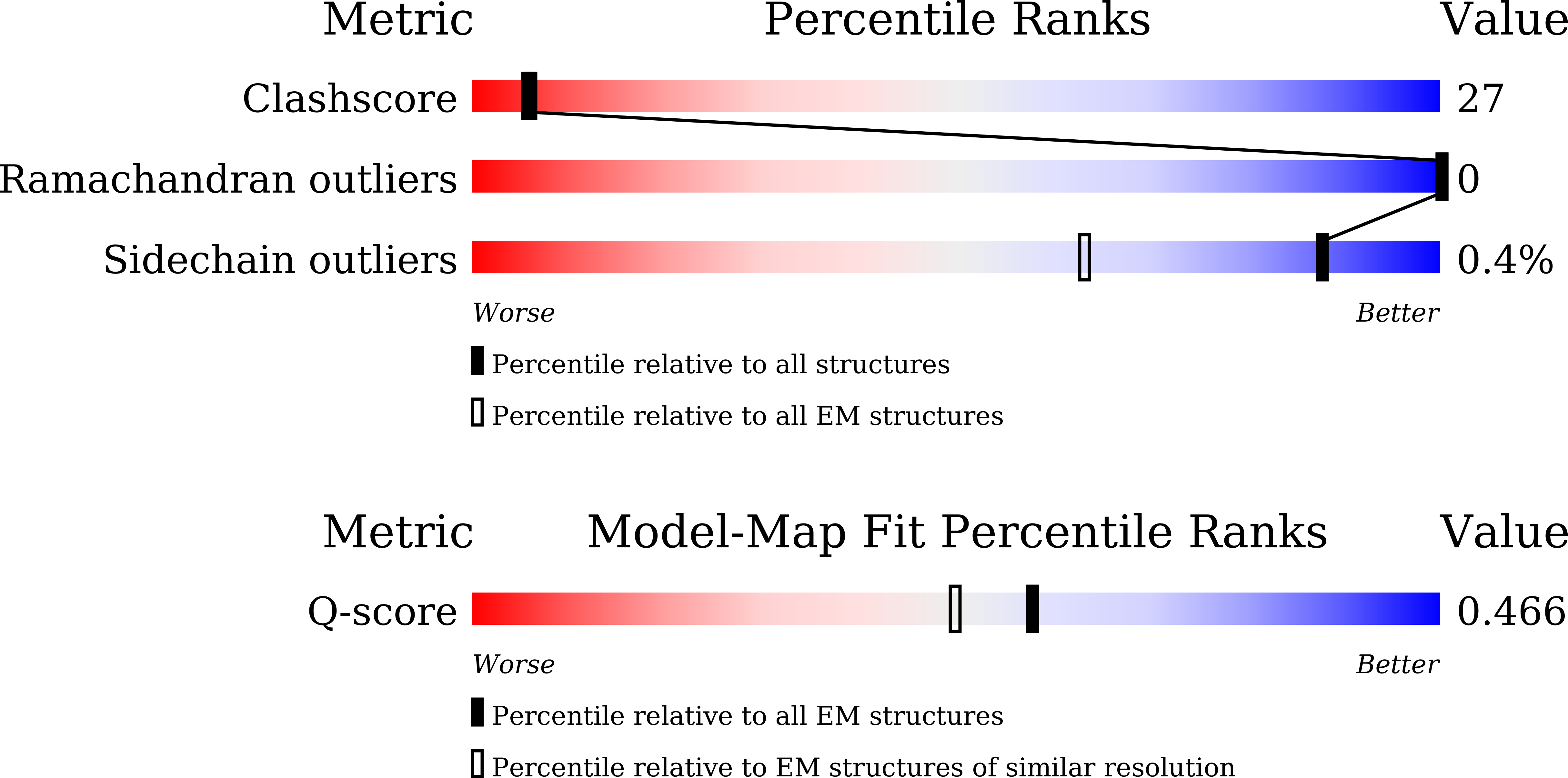
Deposition Date
2024-11-13
Release Date
2025-11-19
Last Version Date
2025-11-19
Entry Detail
PDB ID:
9KKJ
Keywords:
Title:
Structure of Nectin-4 D1 domain in complex with the Fab fragment of 9MW2821 mAb
Biological Source:
Source Organism:
Mus musculus (Taxon ID: 10090)
Homo sapiens (Taxon ID: 9606)
Homo sapiens (Taxon ID: 9606)
Host Organism:
Method Details:
Experimental Method:
Resolution:
3.26 Å
Aggregation State:
PARTICLE
Reconstruction Method:
SINGLE PARTICLE


